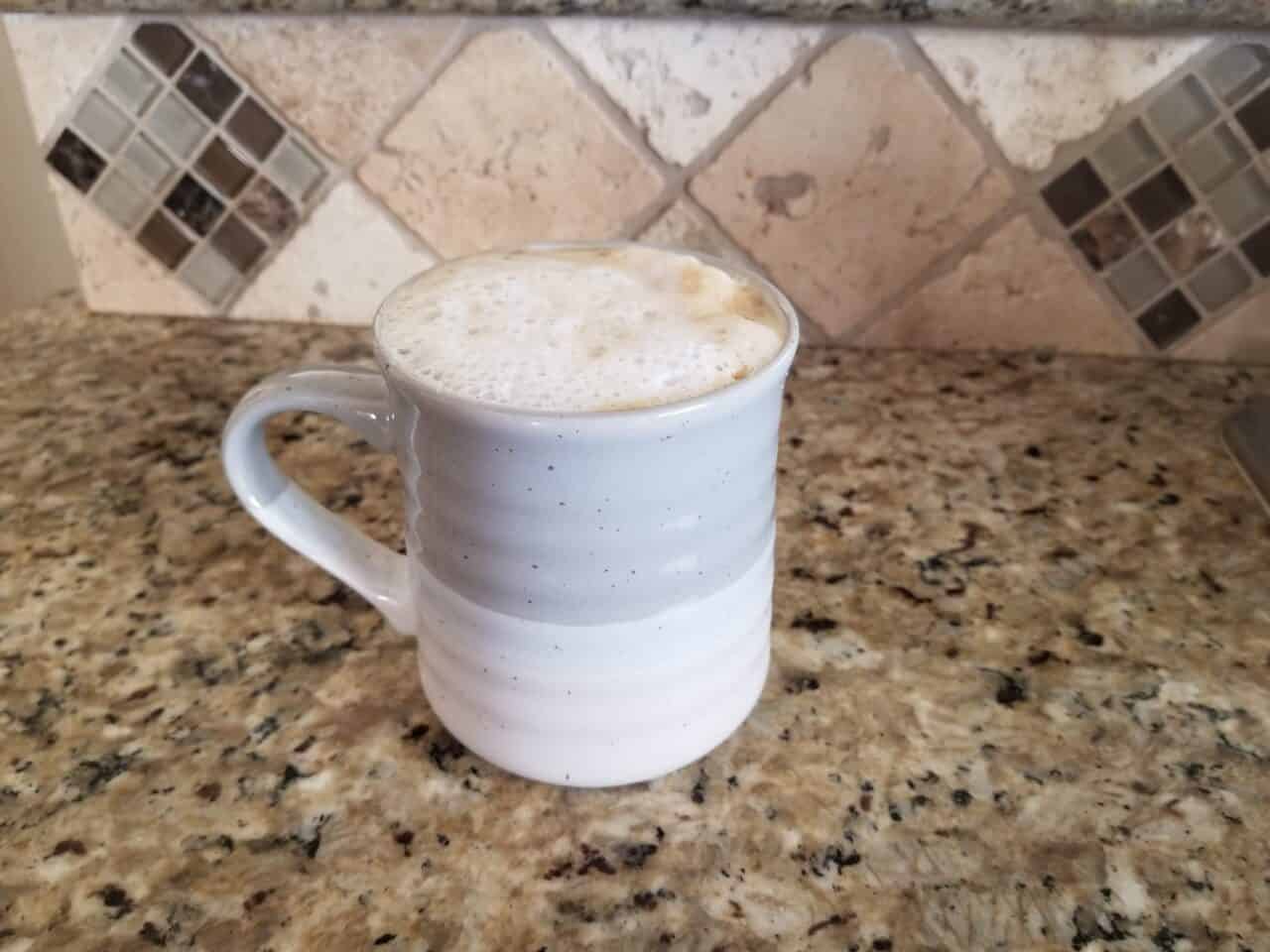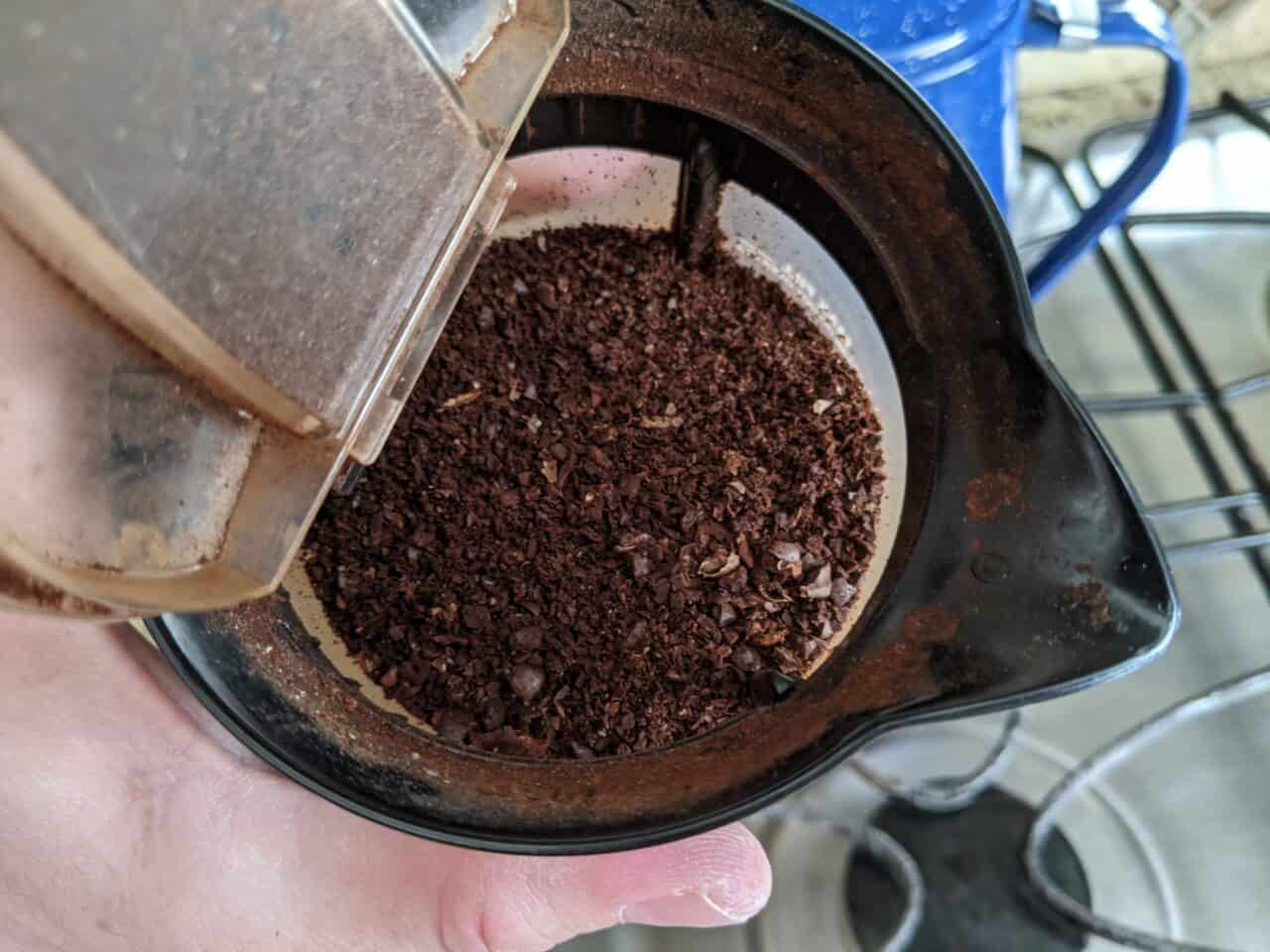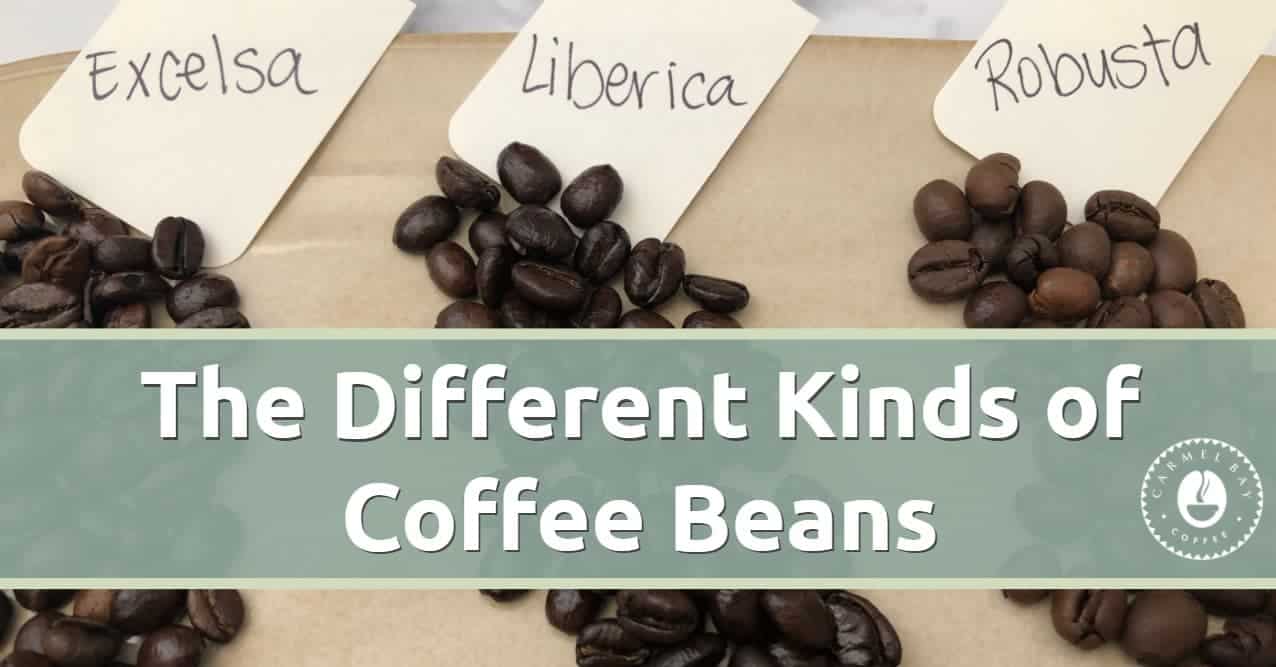It’s strange, why isn’t a cup the same as everything else when it comes to coffee?
I have a ton of different devices to make coffee; I like to change it up now and then. I was making coffee with my 12-cup Moka pot, thinking, why is it so small for a 12-cup pot?
Well, researching it, I found some interesting reasons.
Let’s get into it!
What Is Considered a Cup of Coffee?

The simple answer is there is no simple answer. All cups are NOT created equal!
The definition of a cup varies from place to place, and the US is the only place that actually uses a cup as a standard of measurement. The rest of the world uses the metric system!
In the states, a cup is typically equivalent to 8 oz. However, when it comes to coffee, this just isn’t true.
In the US, a cup of coffee is measured as 6 oz. Check out the back of any coffee bag; they’ll usually give instructions that tell you the amount of ground beans to use per 6 oz of water.
That’s because back in the day, people only felt the need to have a small amount of coffee. Nowadays, our schedulers are busier, our caffeine intake is higher, and our mugs keep getting bigger!
Have you ever considered how tiny your grandmother’s coffee or tea set was compared to the massively larger options we have today?
Even as our coffee intake has changed, the 6 oz cup standard in the coffee equipment industry has stuck.
Most drip coffee makers consider a cup 6 oz, and other equipment like Chemex or a French Press may measure a cup as even less than that. This can be alarming to Americans because our mugs seem to get bigger and bigger by the day.
Some of the ginormous mugs in my kitchen cabinet can hold 12 or even 16 oz of coffee! This is why I’m always disappointed when I brew a whole pot of coffee with my Moda pot, which can only fill up two mugs.
To complicate things a bit more, other countries don’t measure a cup of coffee in the same way we do. Typically 250 milliliters (a bit over 8 oz) is considered a cup when following the metric system…
Unless you’re in Japan, in which case it’s 200 milliliters …
Or Canada, where it’s 227 milliliters…
Confused yet?
Not to worry. If these calculations make your head spin, there’s a better way (keep reading to find out!)
Are you looking to make the best cup of coffee in your kitchen? Check out our article, Easy Ways to Level Up Your Home Barista Game!
Why Do Coffee Makers Do This

I promise they aren’t intentionally trying to make your life miserable.
The truth is, most coffee companies create their brew instructions based on the metric system, especially if they are designed or manufactured outside of the US.
When sold in American markets, the cup capacity is kept the same, but milliliters are converted to ounces. This is why we can end up with some pretty random numbers like 5.1 ounces of water instead of an even 6.
How Much Ground Coffee Should I Use per Cup?

My best advice is to ditch the cups and ounces measurements and commit entirely to measuring your coffee grounds and water in grams. Weighing these ingredients will take the guesswork out of brewing so that you can get consistent results each time you brew.
The standard ratio is 1.5 to 2 grams of coffee grounds to 28 grams of water. You can tweak these ratios a bit to find what works best for your palette, brew method, and equipment.
You can easily purchase a kitchen scale. They are reasonably priced and can even come in handy when baking or cooking.
In addition, you may consider buying a burr grinder that can measure out the perfect amount of ground beans for the amount of coffee you plan to brew. This takes the guesswork out of the process once and for all!
What Coffee Equipment Goes by This Measurement
There is a chance that your standard coffee maker already uses the 6-ounce measurement for its cup. But some makers use 5-ounce cups, and others use something closer to 4.
Here are some examples:
Mr. Coffee – 6 oz cup
Chemex – 5 oz cup
French Press – 4 oz cup
When in doubt, take a peek at the user manual that came with your coffee maker. It will give instructions about the recommended coffee to water ratio for that particular device.
Let’s Sum it up
A “cup” of coffee will differ from place to place. If you’re drinking a “cup” of espresso in Italy, the ratio of water to coffee is going to be extremely different than if you’re ordering a “cup” of drip coffee at Starbucks in NYC.
Instead of relying on cups and ounces, you can shift your thinking and measure in grams. Weighing your ingredients will allow you to capture that perfect brew ratio so that you have an excellent “cup,” no matter how big or small it may be.
There’s a whole world of coffee beans just waiting to get explored. Please take a look at our article, Different Kinds of Coffee Beans: What are you missing out on? To get a peek at something different.


